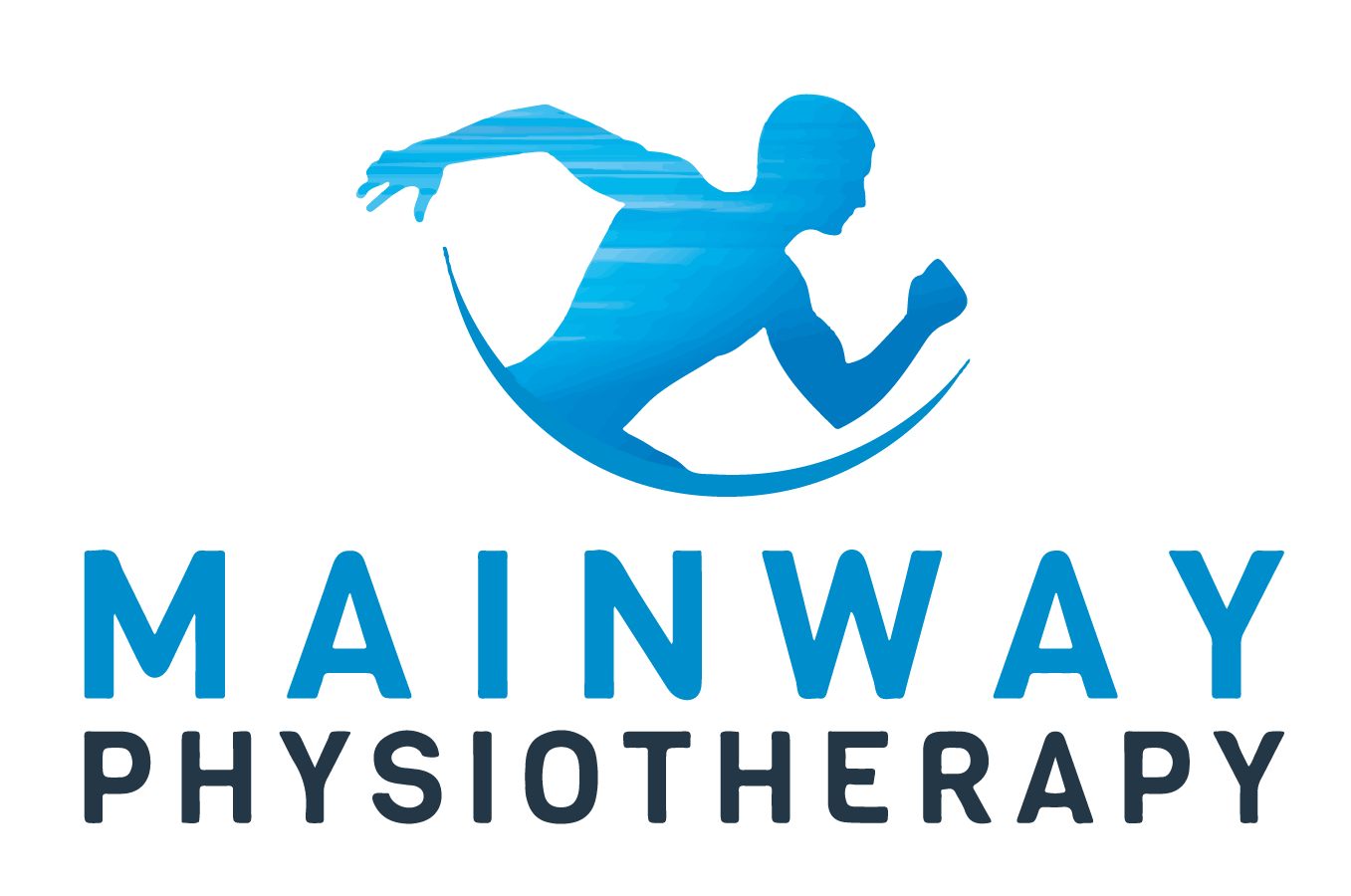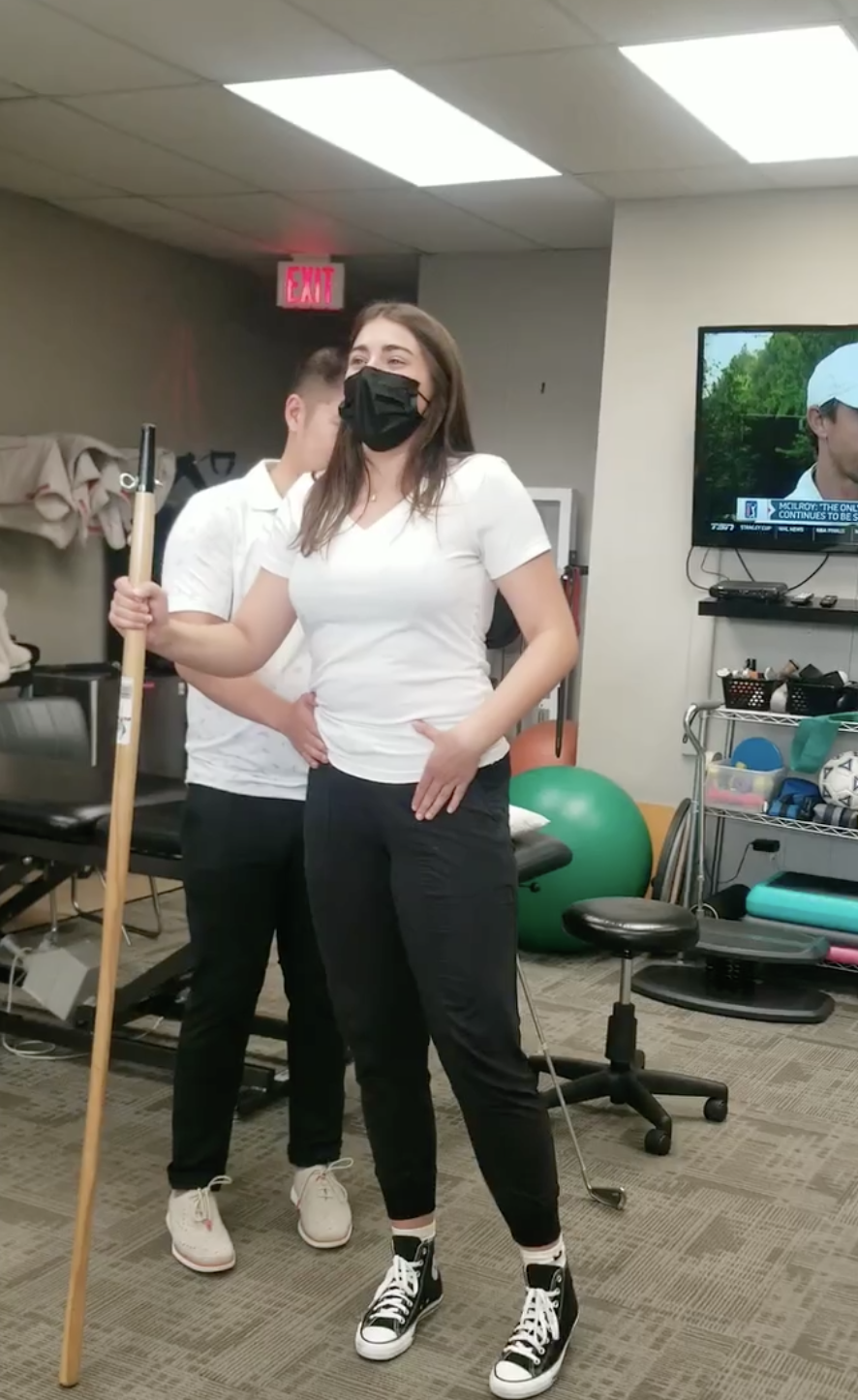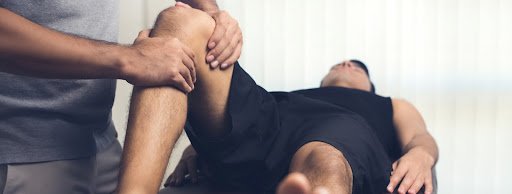Treatments Used in Physiotherapy
There is hardly ever a one-size-fits-all solution to healthcare, everyone’s body is different, and finding the right combination of treatments that best suits individual needs can make all the difference. Physiotherapy is a branch of healthcare that focuses on alleviating pain, improving joint mobility, and maximizing the physical potential of clients. It can help people suffering from chronic or acute pain overcome discomfort and return to a pain-free and healthy lifestyle.
Physiotherapy is not just a restorative treatment but it is also an excellent way to preemptively strengthen muscles, improve posture and balance, and avert injuries in the future. There are various treatments that can be used independently or in combination to help people overcome their unique health concerns and achieve individual goals.
The most commonly used treatments in Physiotherapy include:
Manual Therapy
This is a specialized form of physical therapy in which therapists make use of their hands as opposed to a machine or instruments to analyze and treat musculoskeletal conditions.
There are many types of Manual Therapy including Joint mobilization, Soft tissue mobilization, and Strain and counter strain that can be effectively used in treating joint pain, sprains, or mobility problems.
Massage Therapy
This is one of the most common and widely used hands-on treatments in physiotherapy involving the manipulation of muscles, soft tissues, ligaments, and tendons to alleviate stress, improve blood circulation, and promote overall relaxation.
Massage therapy can effectively treat both acute and chronic painful conditions in any part of the body, cure disorders like insomnia and fibromyalgia, and even during pregnancy. Furthermore, it is popularly used as a part of pain prevention to avoid repetitive muscle stress or injuries in the future.
Acupuncture
This is a form of alternative medicine that entails the insertion of fine, sterile needles into specific points of the body. This systematic insertion of needles into specific anatomical points stimulates the natural release of endorphins that help block the perception of pain and foster overall well-being.
Acupuncture is a minimally invasive technique that can help create proper blood flow, strengthen muscles, reduce muscle imbalances, and cure a range of musculoskeletal problems such as headaches and migraines.
Hot and Cold Therapies
Hot and Cold therapies are used to provide relief from pain, muscle soreness, spasms, or inflammation. Usually, an ice pack is used in cold therapy and an electric heating pad is used in heat therapy to boost healing and reduce inflammation or stimulate blood flow.
Cold treatment is often used in case of an acute injury or pain (within 48 hours) to reduce the inflammation in the area by decreasing blood flow. Whereas heat therapy is generally preferred in cases of chronic painful conditions to promote blood flow and help muscles relax. In certain cases, heat and cold therapies are used alternately to increase the blood flow in the designated area and boost healing.
Electrotherapy
Electrotherapy makes use of mild and controlled electrical signals to stimulate nerves and muscles for the alleviation of pain, sprain, or spasms, and boost tissue repair. Electrotherapy can be further subdivided into various types including TENS (transcutaneous electrical nerve stimulation), Ultrasound, and Inferential therapy.
TENS is widely used to treat painful conditions like lower back pain, arthritis, and phantom pain (which commonly occurs after amputation). In the case of Ultrasound, high-frequency sound waves are used to cause vibrations and movement of cellular fluids to stimulate healing. This is particularly useful for treating muscle strains and tears, tendonitis, and osteoarthritis.
The different treatments used in Physiotherapy have unique benefits and can help address distinct painful conditions and improve overall well-being. At Mainway Physiotherapy, we will assess your concerns and suggest a treatment plan unique to your healthcare needs.
If you’re ready to live a more pain-free life and get back to living a happier and healthier lifestyle, we are here to help. Contact Mainway Physiotherapy to start your physiotherapy treatment plan.




